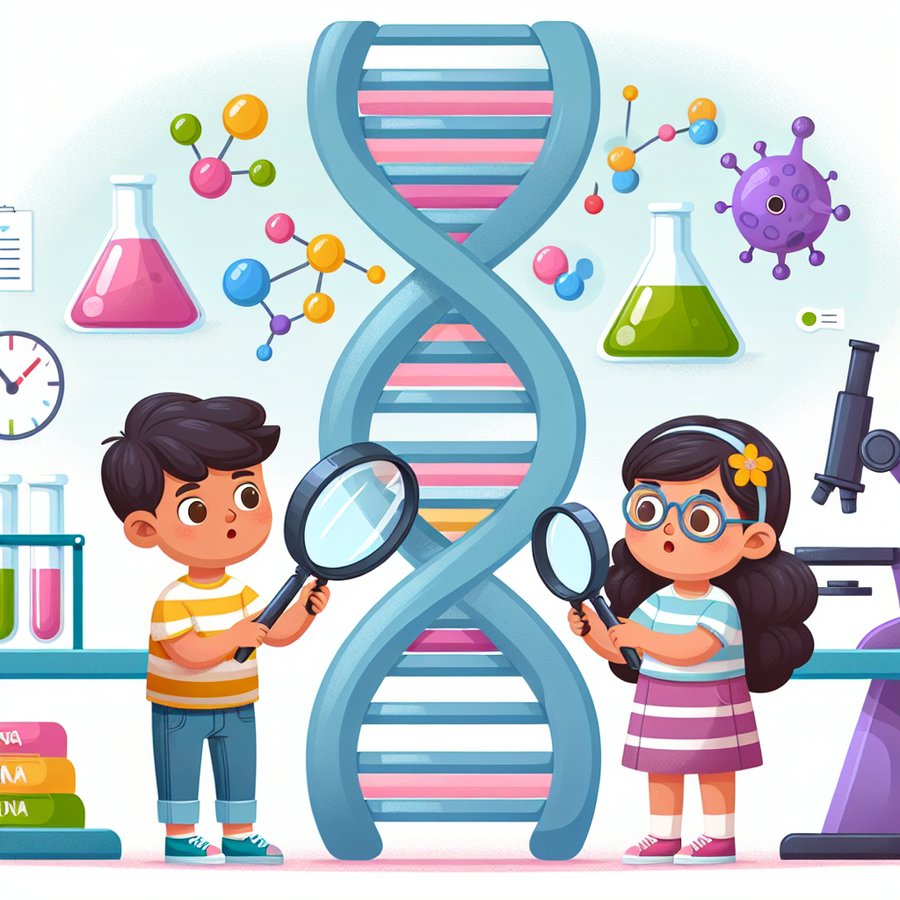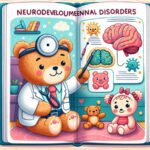Understanding X-linked genetic conditions is crucial for new parents or those planning to start a family. These conditions are passed down through the X chromosome and can have significant impacts on a child’s health and development. This article aims to provide comprehensive insights into X-linked genetic conditions, helping parents to navigate diagnosis, management, and support for their little ones.
What Are X-linked Genetic Conditions?
X-linked genetic conditions are disorders caused by mutations in genes on the X chromosome. Since males have one X and one Y chromosome, and females have two X chromosomes, these conditions often affect males more severely. This is because males do not have a second X chromosome to compensate for the mutated gene.
These conditions can vary in severity and include various disorders, such as Hemophilia, Duchenne Muscular Dystrophy, and Fragile X Syndrome. Understanding how these conditions are inherited can empower parents with the knowledge they need to seek appropriate care and interventions for their children.
How Are X-linked Genetic Conditions Diagnosed?
Diagnosis of X-linked genetic conditions often begins with recognizing symptoms and family history. Healthcare providers may recommend genetic testing to confirm the diagnosis. This testing involves analyzing DNA to identify mutations in the X chromosome that are responsible for the condition.
Early diagnosis is crucial for managing symptoms and improving quality of life. For conditions like Hemophilia, early intervention can prevent complications. Similarly, recognizing signs of Fragile X Syndrome early can lead to timely support for developmental challenges.
Managing and Supporting Children with X-linked Genetic Conditions
Management of X-linked genetic conditions varies depending on the specific disorder and its severity. It often involves a multidisciplinary approach, including medical treatment, physical therapy, and educational support. For instance, children with Duchenne Muscular Dystrophy may require medications to manage muscle weakness, in addition to physical therapy to maintain mobility.
Supporting a child with an X-linked genetic condition also means providing emotional and social support. Connecting with other families facing similar challenges can be incredibly beneficial. Organizations and online communities, such as the National Organization for Rare Disorders (NORD), offer resources and support networks for families.
What Resources Are Available for Families?
Finding reliable information and support is vital for families navigating X-linked genetic conditions. Many genetic disorders have specific foundations and organizations dedicated to providing information, advocacy, and support. Additionally, genetic counselors can offer personalized guidance and help families understand the condition, its inheritance pattern, and implications for future pregnancies.
Websites like BabyWhysAndHows.com provide valuable information on a wide range of health topics, including X-linked genetic conditions. These resources can help parents make informed decisions about their child’s care and connect with a supportive community.
Conclusion
Navigating the world of X-linked genetic conditions can be challenging for new parents, but knowledge and support can make a significant difference. By understanding these conditions, seeking early diagnosis, and accessing available resources, parents can ensure the best possible care and support for their children. Remember, you are not alone, and a community of families and professionals is ready to help you every step of the way.













